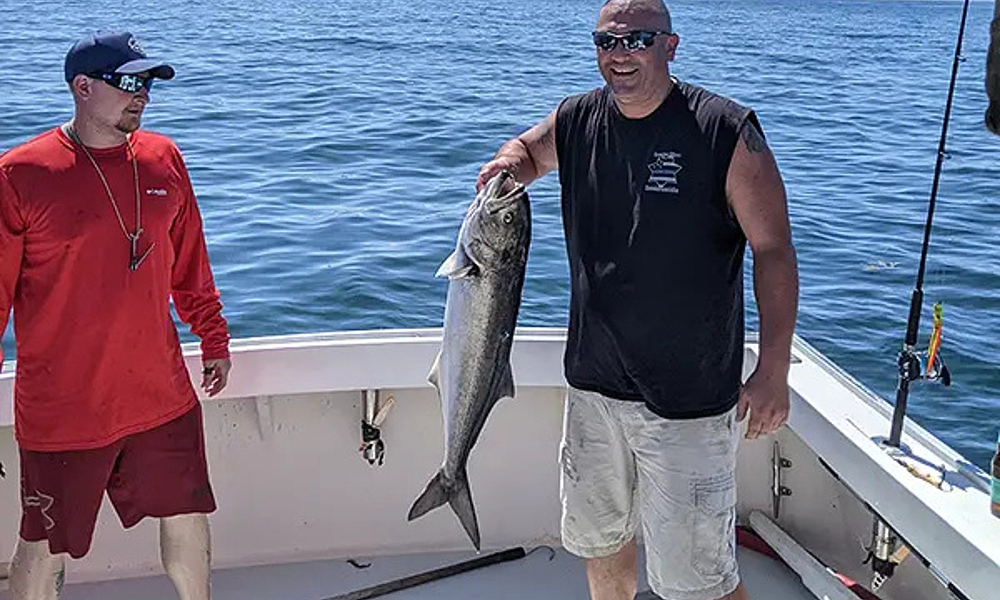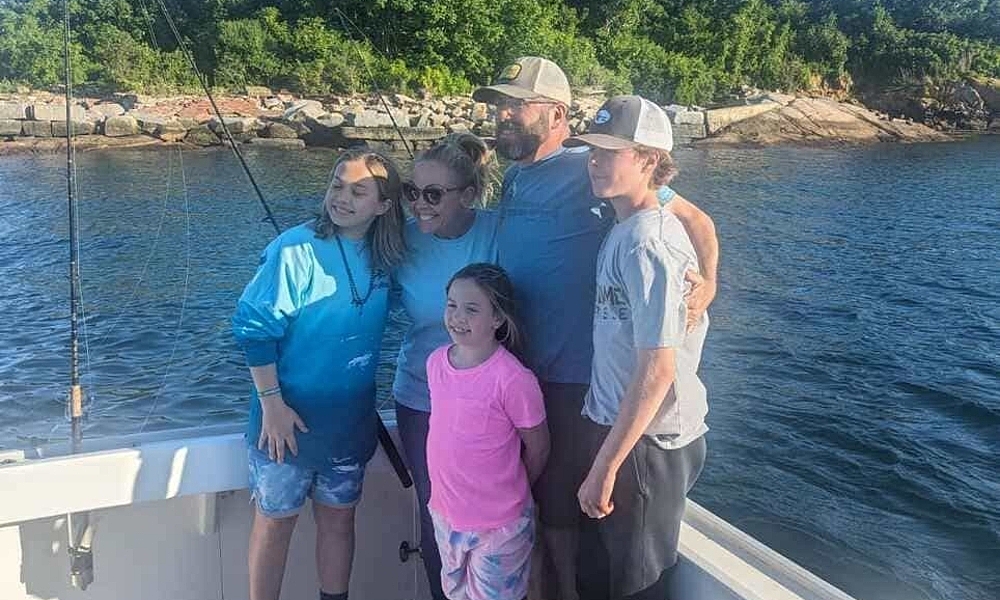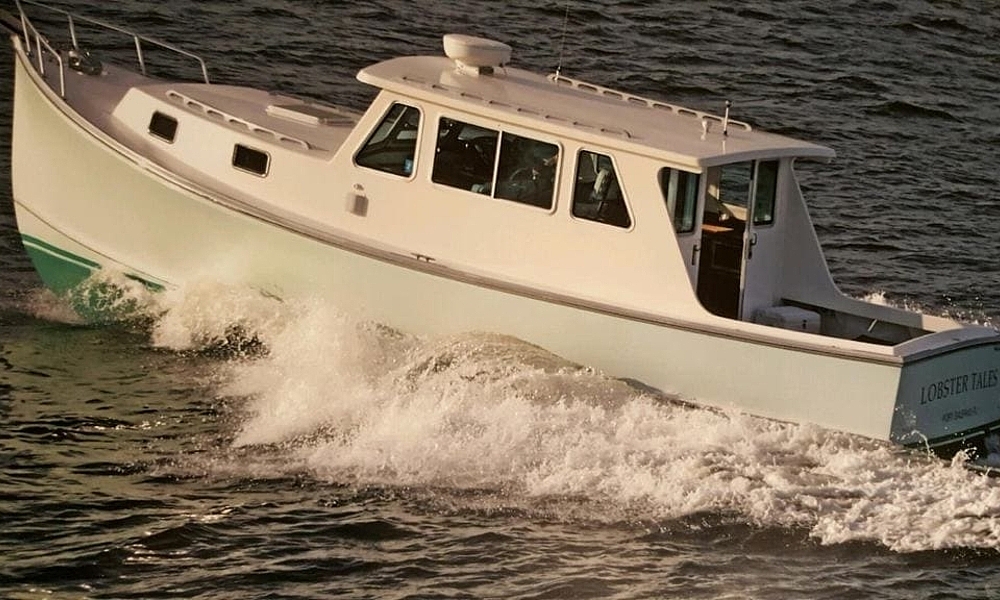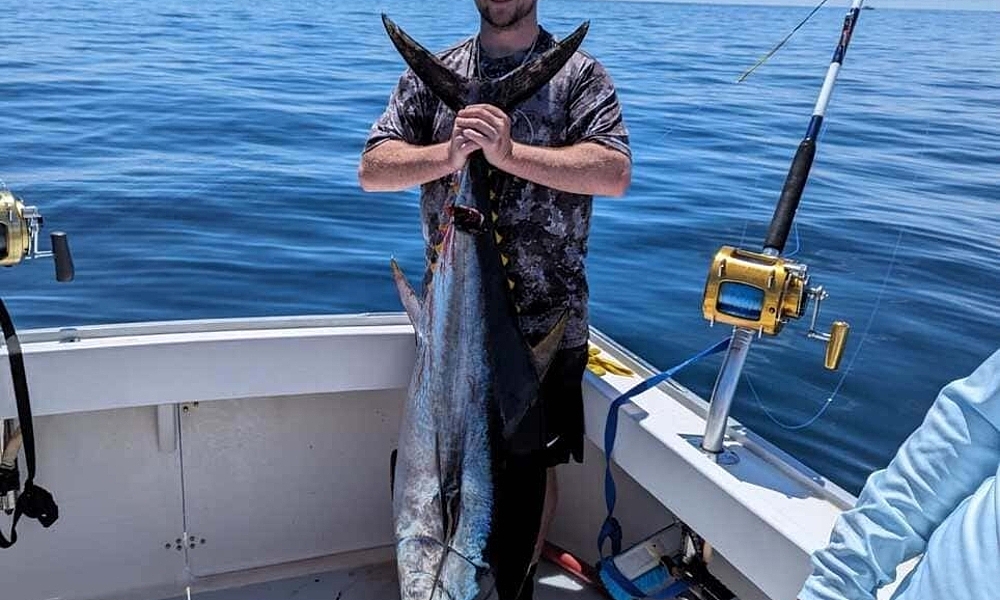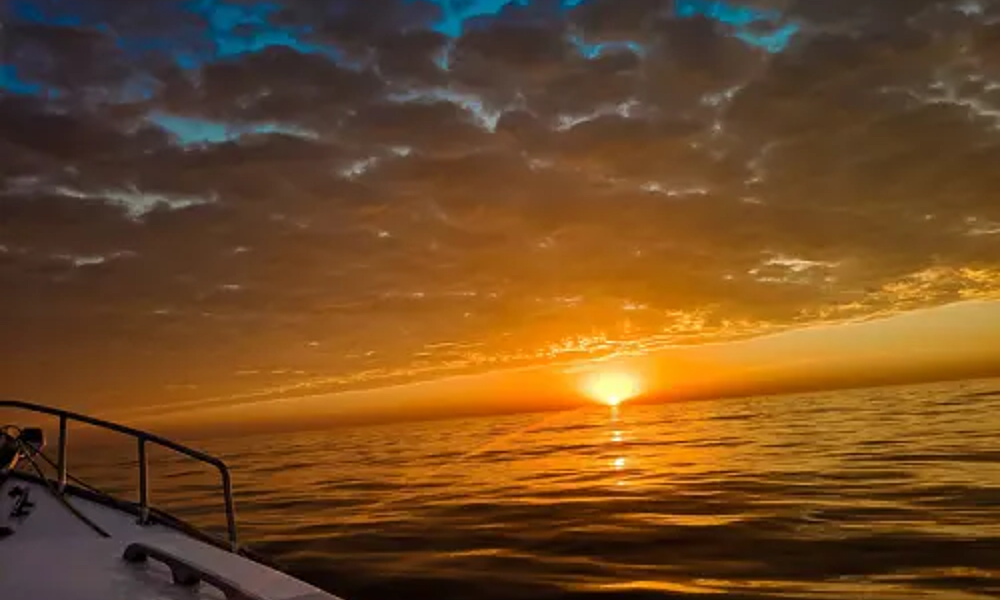Advice from Local Anglers for New England Fishing
Gloucester fishing isn’t for anyone looking for an easy day. The North Atlantic is rough, the fish are tougher, and mistakes cost you. Locals have lost gear, missed big fish, and figured out what actually works. Want a real shot at a trophy? Use what’s proven, not what’s popular.
Gear That Handles Real Fish
Light tackle gets shredded out here. Big bluefin tuna don’t care about your favorite rod. They’ll snap it and keep swimming. Heavy-duty conventional reels, 80-130lb test line, and fluorocarbon leaders rated at least 200lb stand up to the fight. Circle hooks sized 8/0 to 11/0 stick and hold, even when a giant turns and runs. Fighting belts and harnesses save your back when the battle drags on. A reliable fish finder and GPS combo keeps you on the fish and off the rocks. Anything less, and you’re gambling with every hookup.
- Conventional reels built for 80-130lb test line
- Circle hooks, 8/0 to 11/0, for solid hook sets
- Fluorocarbon leaders, 200lb minimum
- Fighting belts and harnesses for long fights
- Fish finder and GPS combo units that don’t quit
Every season, newcomers show up with gear that looks good in catalogs but fails on the water. The North Atlantic doesn’t care about brand names. It punishes weak links. When giant bluefin tuna hit, only the right setup keeps you in the game. During giant bluefin season, the difference between landing a fish and losing everything comes down to gear that’s been tested, abused, and trusted by locals. If you’re looking for a setup that’s already proven itself against the toughest fish, our team at Tuna Tail Charters can help you get dialed in before you hit the water.
Bait and Lures That Deliver
Fish in these waters don’t fall for just anything. Live mackerel and herring pull in trophy stripers. Tuna chase whole butterfish and sardines. Diamond jigs in different weights cover the water column. Spreader bars in pink, purple, and green draw strikes when the bite slows. Cedar plugs run deep and stay in the zone. Locals don’t waste time with unproven tricks. They use what fills the box.
- Live mackerel and herring for stripers
- Whole butterfish and sardines for tuna
- Diamond jigs for vertical action
- Spreader bars in proven colors
- Cedar plugs for deep trolling
Fish here get picky. The local fish species change their preferences with the season. What draws a strike in June gets ignored in August. Fresh bait always outperforms frozen. Bluefin tuna, especially, turn their noses up at anything less than perfect. Boats running fresh bait see more action. The difference is obvious. More hookups, more fish on deck, fewer stories about the one that got away. If you join us for a charter, we’ll make sure you’re fishing with the freshest bait and the lures that have proven themselves time and again in these waters.
Handling Rough Water
Chop and swell don’t scare the fish, but they punish the unprepared. The North Atlantic throws steep waves and shifting currents. Take the seas at an angle. Keep your speed steady through the chop. Always keep one hand free. When wind stacks against the tide, the ride gets rough. Bravery doesn’t land fish. Preparation does. Boats that work with the water, not against it, stay on the bite and keep everyone safe. Successful fishing trips start with respect for the conditions, not just the fish.
Reading Weather That Matters
Forecast apps miss the details that matter. Southwest winds bring better fishing than northeast. Tide changes at dawn and dusk trigger feeding. The best captains track water temperature breaks and know how moon phases shift fish behavior. Gloucester fishing rewards those who pay attention. A few degrees of water temperature, a subtle wind shift, or a rising moon can turn a slow day into a full box. The difference isn’t luck. It’s knowing what to watch and when to move.
- Southwest wind? Fish get active.
- Northeast wind? Bite slows down.
- Tide changes at dawn and dusk? Fish feed hard.
- Temperature breaks? Find them, find the fish.
- Moon phases? Track them, time your trips.
Locals don’t chase rumors. They watch the water, the sky, and the clock. They know when to move, when to wait, and when to call it. That’s how they fill coolers when others go home empty.
Local Tactics That Work
Anchoring on the right structure puts you in the zone. Drifting over ledges covers more ground. Chumming draws fish in, but too much turns them off. Locals adjust their approach by the hour. They don’t stick to one plan. They adapt. When the bite slows, they change depth, switch baits, or move to a new spot. They don’t waste time hoping for luck. They make their own. On our charters, we’re constantly reading the conditions and adjusting tactics so you have the best shot at a full cooler.
- Anchor on structure for stripers and cod
- Drift ledges for tuna and haddock
- Chum smart. Enough to attract, not enough to feed
- Change depth and bait when the bite slows
- Move when the action dies
Every trip is different. The best anglers read the signs and adjust. That’s how they stack up catches when others are still waiting for a bite.
Book Your Gloucester Fishing Trip
Ready to experience world-class fishing? Contact Tuna Tail Charters at 978-905-6200 or book now to reserve your spot.
‹ Back



